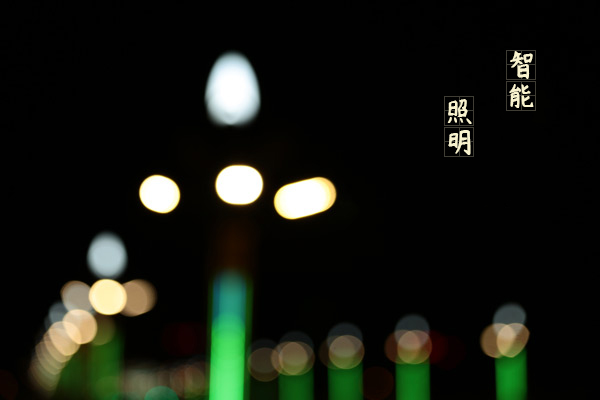After various countries around the world explicitly banned incandescent lamps, LED lighting is also in the process of technological transition and continuous development. The rapid development of the national economy in recent years, especially the rise of the real estate industry, has led to the rapid growth of the domestic lighting industry, which has also received great attention from the government and related enterprises. In big cities such as Beijing, Shanghai, Guangzhou and Shenzhen, many digital experience Pavilions have also settled in, attracting the attention of consumers.


The application of IoT technology in smart lighting can realize a variety of functions. The application of smart lighting systems can be controlled through IoT technology. It can intelligently control lamps and related items in large quantities and in a wide range. The system can realize the following functions.
1. The biggest feature of the lighting automation control system is scene control. There can be multiple lighting loops in the same room. After adjusting the brightness of each loop to achieve a certain lighting atmosphere, it is called a scene; different scenes can be preset (to create different lighting environment), and the fade-in and fade-out time when switching scenes to make the light change softly. Clock control uses a clock controller to make the lights change regularly according to sunrise and sunset every day or time. Use various sensors and remote controls to achieve automatic control of lights.
2. Save energy by using a brightness sensor to automatically adjust the intensity of the light to achieve energy saving effects. Using a motion sensor, when a person enters the sensor sensing area, the light gradually rises. When a person walks out of the sensing area, the light gradually decreases or goes out, so that the “ever-lasting lights” in some corridors and corridors can be controlled to achieve the purpose of energy saving.
3. Illumination and illumination consistency use illumination sensors to maintain constant indoor light. For example: In a school classroom, the light intensity near the window and the wall are required to be the same. Sensors can be installed respectively at the window and wall. When the outdoor light is strong, the system will automatically weaken or turn off the light near the window and adjust the light intensity accordingly. The wall sensor adjusts the brightness of the light against the wall; when the outdoor light becomes weak, the sensor adjusts the brightness of the light to the preset illumination value based on the sensing signal.
In the future, the lighting industry needs to absorb the essence of various industries and develop a diversified and personalized market. It also needs to make major breakthroughs in research and development technology to create products that are promising for consumers and enterprises.
